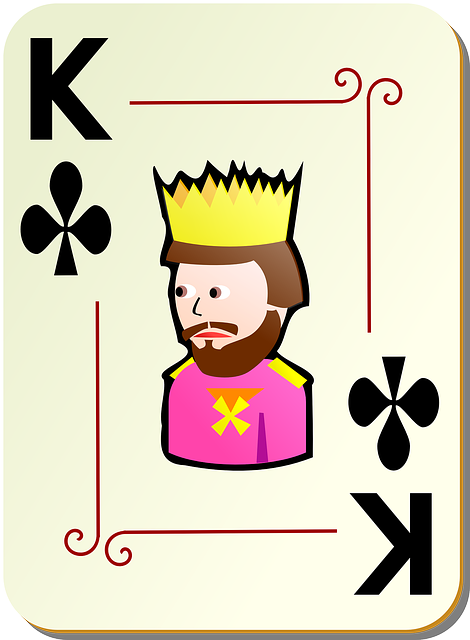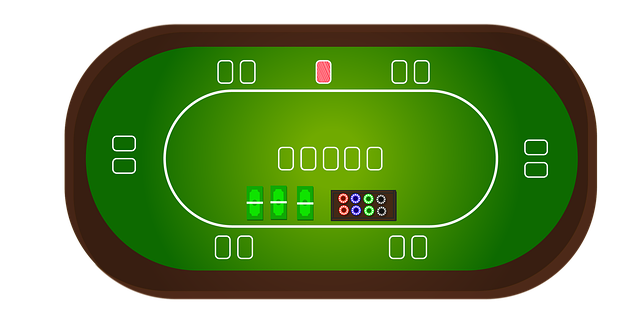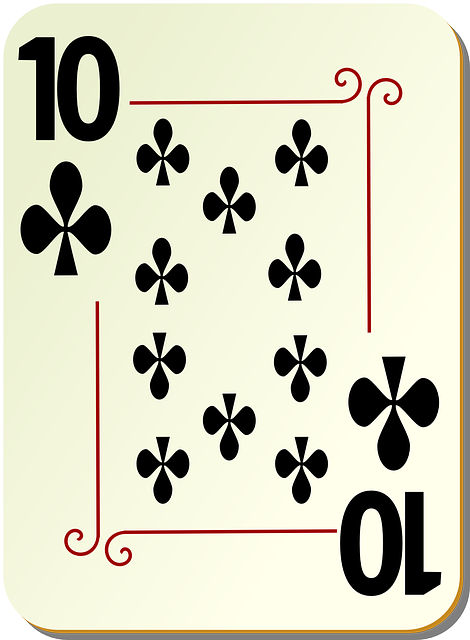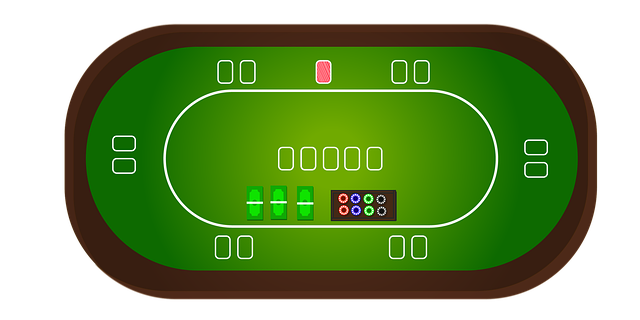Mastering poker starts with understanding its rules and hand rankings, such as High Card, Pair, Straight Flush, and Royal Flush. The game blends skill, strategy, and luck using a 52-card deck. Popular variants like Texas Hold'em, Omaha, and Seven-Card Stud offer diverse challenges, improving strategic adaptability. This comprehensive guide teaches the fundamentals of "How to Play Poker," covering hole cards, betting rounds, community cards, and hand revelation for optimal performance.
Poker is a game of skill, strategy, and subtlety. In this comprehensive guide, we’ll take you from understanding the basics—from hand rankings to betting structures—to mastering advanced concepts like post-flop play and tilt management. We explore popular variants like Texas Hold’em and Omaha, emphasizing position, pot odds, and bluffing techniques. Learn how to read your opponents, adapt your strategy, and make informed decisions at every stage of the game, from pre-flop to river. Discover the art of poker and elevate your gameplay today.
- Understanding the Basics of Poker: Rules and Hand Rankings
- – Overview of poker variants (Texas Hold'em, Omaha, etc.)
- – Objective of the game and basic gameplay flow
Understanding the Basics of Poker: Rules and Hand Rankings

Poker is a game that combines skill, strategy, and a bit of luck. Before diving into advanced strategies, it’s crucial to understand the basics—the rules and hand rankings. Knowing how to play poker involves grasping the objective: form the best five-card hand according to set hierarchies. These hierarchies, or hand rankings, are fundamental to understanding winning combinations.
The game utilizes a standard 52-card deck, with players aiming to win by either betting and having others fold or forming the highest-ranked hand. Familiarizing yourself with hand rankings like High Card, Pair, Two Pair, Three of a Kind, Straight, Flush, Full House, Four of a Kind, Straight Flush, and Royal Flush will empower you to make informed decisions during gameplay. Understanding these basics is the foundation for developing more complex poker strategies.
– Overview of poker variants (Texas Hold'em, Omaha, etc.)
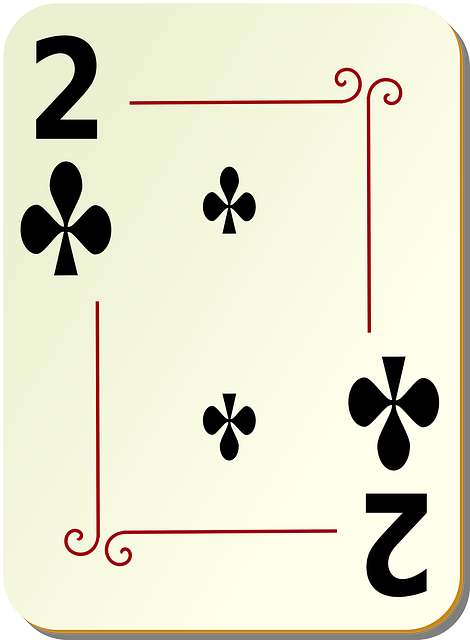
Poker is a diverse game with numerous variants, each offering its own unique twist on the classic card playing experience. While Texas Hold’em is undoubtedly the most popular and widely played variant globally, there are others that cater to different preferences. Omaha, for instance, involves players using four cards from their hand combined with community cards, requiring a stronger understanding of hand rankings. Seven-Card Stud provides a more traditional approach, where each player receives seven cards, three face down and four face up, demanding strategic decision-making based on both hidden and revealed cards.
Mastering different poker variants is an essential aspect of improving your overall poker strategy. Each game has its own set of rules, betting structures, and dynamics that can significantly impact gameplay. Whether you’re a novice or an experienced player, exploring these variations allows you to adapt your skills, develop new strategies, and enhance your overall understanding of How to Play Poker effectively.
– Objective of the game and basic gameplay flow

Poker is a captivating card game where players compete against each other, aiming to win by forming the best five-card hand according to established rankings. The objective is straightforward: outsmart your opponents and build the strongest poker hand. The gameplay involves several stages, starting with each player receiving their initial cards, known as ‘hole cards’. Following this, a series of betting rounds occur, allowing players to either call, raise, or fold based on their hand strength and the potential of the community cards that will be revealed later in the game.
The flow continues with the dealer placing ‘flop’ cards face-up on the table, followed by another betting round. Subsequently, the ‘turn’ card is dealt, leading to yet another betting phase. The final card, known as the ‘river’, completes the community cards, after which the last betting round takes place before players reveal their hands. The player with the highest-ranked hand wins the pot, and the game’s dynamic nature encourages strategic thinking, bluffing, and a deep understanding of odds to master the art of how to play poker effectively.
Poker is a captivating game that requires skill, strategy, and a deep understanding of odds. By grasping the basics, such as hand rankings and the unique characteristics of various poker variants, you’ve taken the first steps towards mastering the art of playing poker. Remember, practice makes perfect, so take these strategies and apply them in real games or simulations to become a true poker master. Learning how to play poker is an exciting journey, offering endless opportunities for skill development and entertainment.

